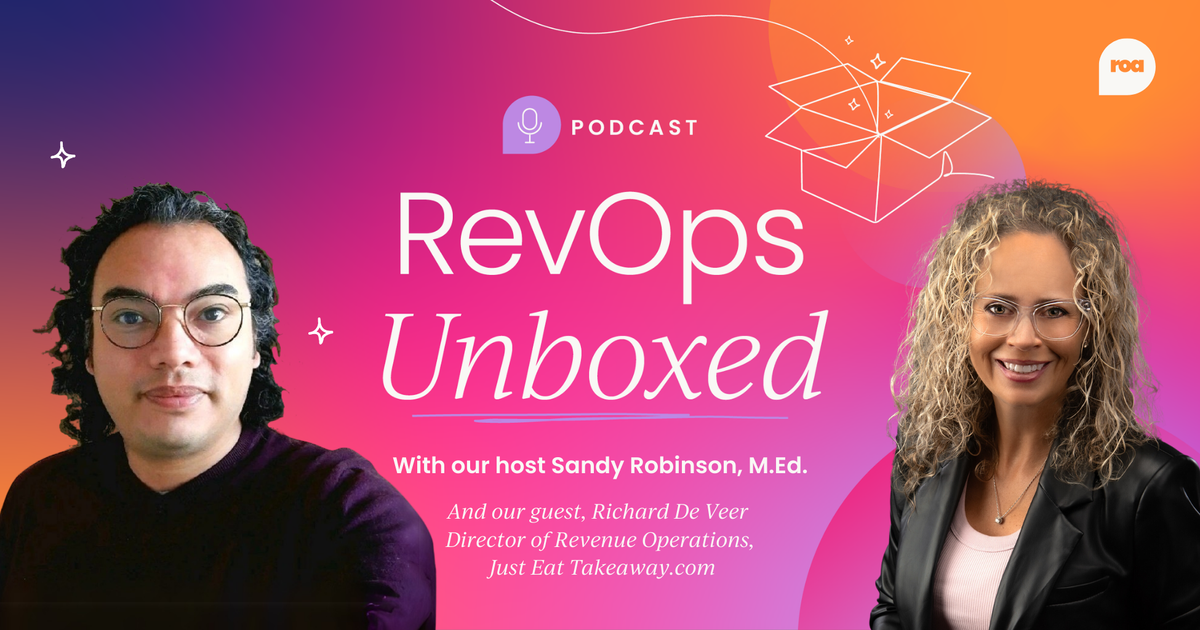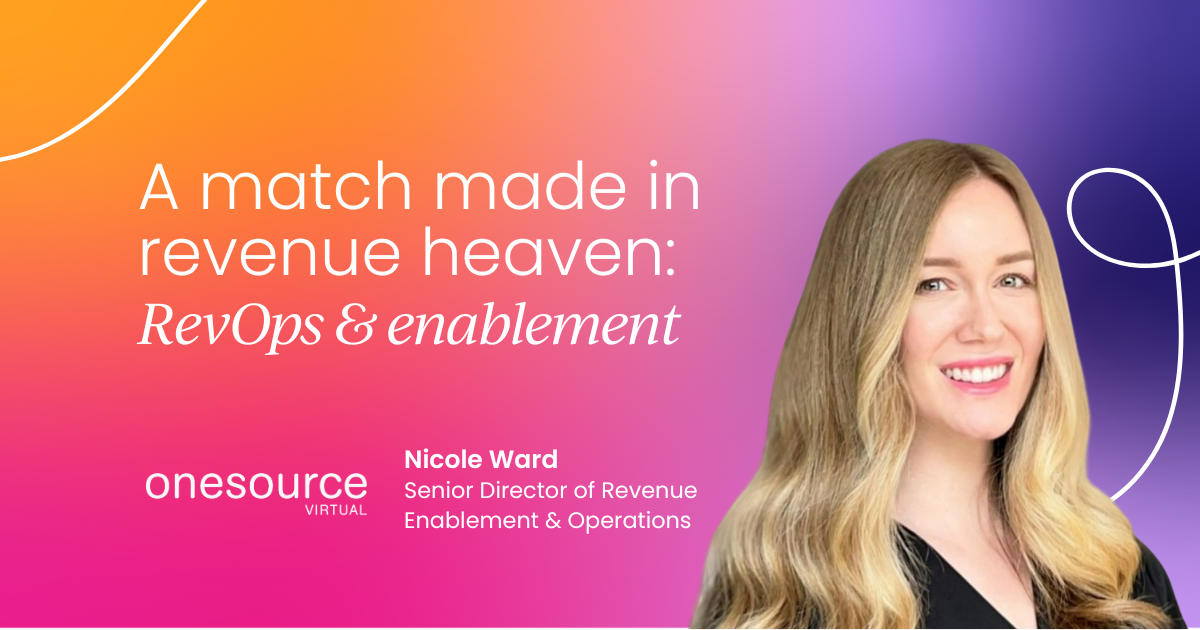RevOps is all about structure, clarity, and, let’s be honest, saying no to ideas that sound great in theory but derail the company’s revenue goals.
My job is to turn GTM team requests into real system solutions without creating a tangled mess of unnecessary workflows and fields.
Here’s a typical day for me as a RevOps Lead working remotely for a U.S.-based B2B startup.
Morning: Kicking off the week
Every Monday starts with reviewing Jira (my choice - it could be any other project management tool).
I go through last week’s sprint, updating or closing tasks, and I remind my intern to do the same. Then, I set up the new sprint, filling it with tasks that need to get done that week.
Since RevOps is a project-based role, the workload is never exactly the same.
To prioritize, I use a mix of the sales team goals, and company goals for the year/quarter.
When a task is less urgent, I backlog it in Jira under "On Hold" or set a future review date.
My mindset is simple: how does this impact pipeline generation or deal closing?
Common tasks include:
- Researching for a new request or project
- Benchmarking with other RevOps professionals
- Designing process workflows
- Testing CRM automation (in my case, Salesforce)
- Deploying new fields, validation rules, or flows
- Creating reports and dashboards
- Testing and evaluating new tools
At any given time, my intern and I are working through some mix of the above. I oversee their tasks, making sure things move forward smoothly.

Midday: Meetings, troubleshooting, and pushing back
RevOps sits at the intersection of multiple teams, so meetings are part of the deal. I have weekly 1:1s with my manager, syncs with sales, marketing, and customer success, and meetings with different leadership members when a project impacts multiple teams.
For example, if we decide to change Opportunity Types in Salesforce, that’s not just a sales problem. It affects marketing attribution, customer success workflows, and revenue reporting.
These kinds of changes need to be properly documented—not just in Jira but in our knowledge base—so people actually know how things work.
Meetings align teams, unblock work, and ensure RevOps is seen as a strategic partner rather than just a support function. They also help in remote work environments by keeping a regular presence and ensuring projects are delivering the expected results.
While meetings help with alignment, a big part of my job is pushing back on shiny new ideas that would clutter our systems.
RevOps isn’t just about making things work—it’s about making sure we’re not overcomplicating things for the sake of it.
Of course, not everything is strategy. Sometimes, I have to troubleshoot when something is too complex for my intern or they’re swamped. That can mean digging into why a field isn’t updating, fixing broken automation, or figuring out why a report doesn’t match reality.

Afternoon: Execution, documentation & breaks that keep me sane
Once meetings are done, it’s time to execute. That could mean refining a workflow, testing automation, or rolling out a new process. It’s the actual doing part of the job.
By the way, documentation is critical in RevOps. It prevents knowledge loss, keeps processes scalable, and ensures consistency across teams. I use a mix of:
- Knowledge base pages (like Confluence) for written guides
- Workflows for processes with different steps/scenarios
- Videos for tutorials or demos
To speed things up, I use Perplexity for research when I need detailed answers and ChatGPT to help plan projects, organize processes, and spot missing details.
Since I work remotely, I make it a point to step away from my screen at some point during the day. A short walk helps clear my head—especially when I’m stuck on something.

Evening: Wrapping up & the reality of remote hours
Because I work for a U.S. startup from a different time zone, my work hours are not the standard 9-5. I start around 10:30 AM and often work until 8:00 PM (sometimes later).
It’s not unusual for RevOps professionals in different time zones to adjust their schedules like this.
Even after logging off, I stay engaged with the RevOps community.
Networking, sharing insights, and staying updated on new tech trends aren’t “work,” but they make me better at what I do.

Project example: Churn process implementation in Salesforce
Here is an example of a project that worked on as a RevOps Lead and that can give a clear picture of what a complete RevOps project looks like:
One of my recent projects was the implementation of a Churn Process in Salesforce.
The goal was to establish a structured workflow for logging and managing customer churn in Salesforce.
This project focused on accurately tracking users who discontinue their subscriptions ("churn"), documenting the corresponding reasons, and linking renewal opportunities to the churned record.
In order to do that, I had to create a custom object called “Churn” in the CRM.
The key objectives of this project were:
- Automate churn logging – When a paying user stops being a customer, a Churn record is created and linked to the Contact.
- Data integrity & visibility – The Churn Type selected in the Churn record updates the related Contact’s Contact Category, ensuring consistency across records.
- Capture renewal opportunities – any open Renewal Opportunity at the time of churn is automatically associated with the Churn record for tracking potential re-engagement.
- Permissions & user access – Implement a permission set allowing designated users to access and edit Churn records.

Long story short
RevOps is a mix of structure, problem-solving, and saying no when necessary. It’s about making systems work for the business—not just for the sake of building them.
Some days are smooth, others are filled with firefighting. But at the end of the day, it’s all about keeping revenue operations operational.
And yes, sometimes it’s just about reminding people (again) to update the CRM!



 6 min read
6 min read
 Follow us on LinkedIn
Follow us on LinkedIn







